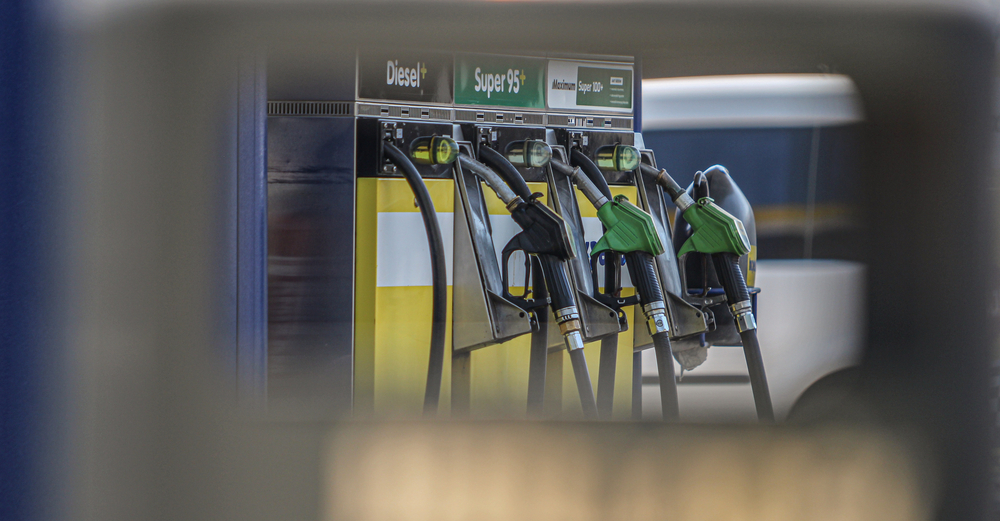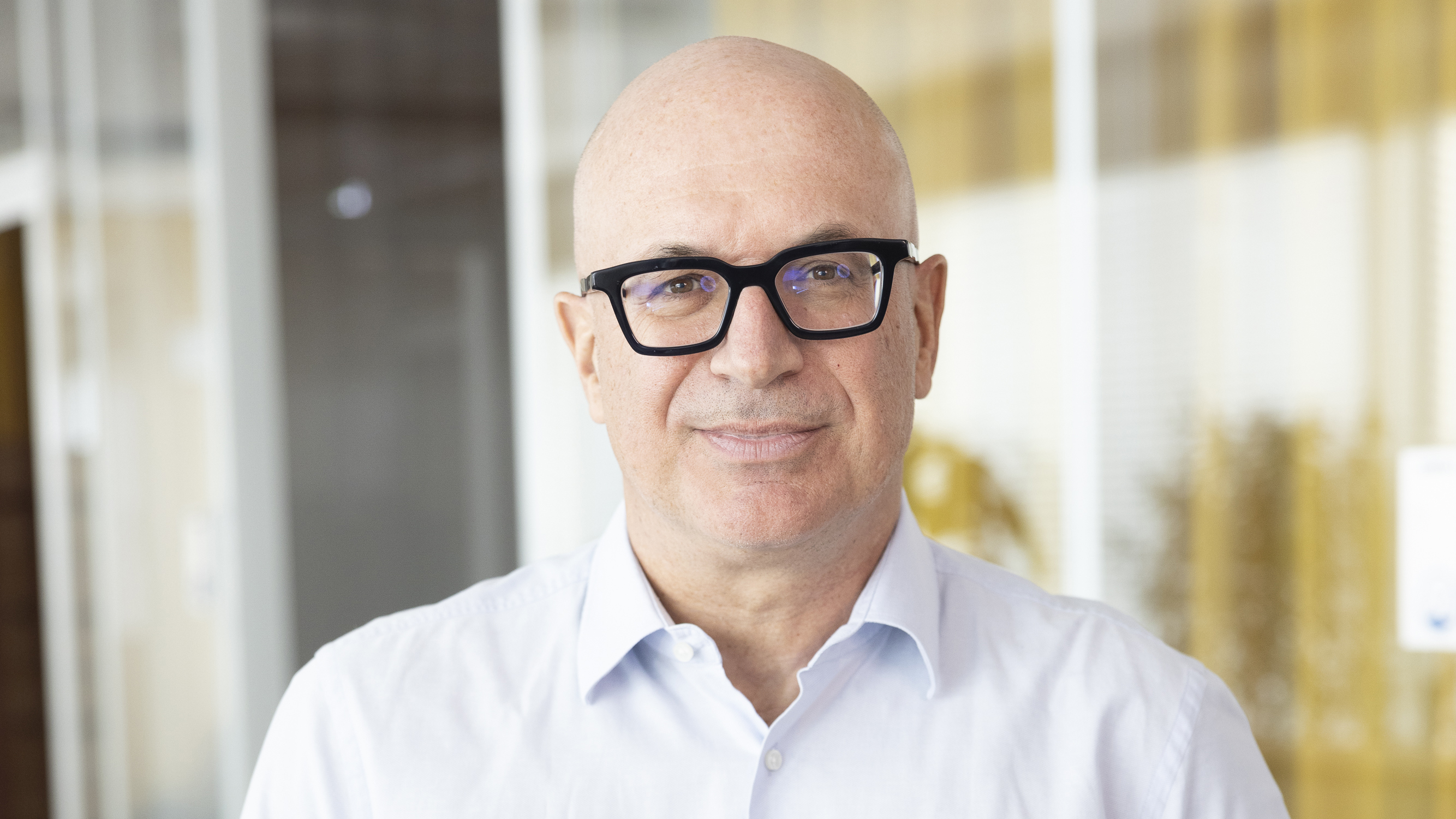Marking 9 Decades of Gallic Airline Excellence

Ildikó McPartlin-Kiss
To mark the 90th anniversary of the foundation of Air France this month, the Budapest Business Journal speaks with Ildikó McPartlin-Kiss, country manager for Hungary at Air France-KLM Delta.
BBJ: Congratulations on Air France’s 90th anniversary. How will you be marking it in Hungary?
Ildikó McPartlin-Kiss: Air France is celebrating 90 years of elegance, 90 years of technology, innovation and comfort on board, and 90 years of travel, fine dining, design, haute couture, art and architecture. Since its launch, the company has celebrated French excellence, a “je ne sais quoi” that the world recognizes in France, thanks to an exceptional travel experience that takes elegance to new heights. We would like to showcase and celebrate these values in Hungary, where we will also be holding a birthday gala with our valued business partners and customers.
BBJ: What is the Air France KLM story of the past 90 years in Hungary?
IM-K: The Hungarian aviation industry took off in 1909, and civil aviation in the 1920s, and we are proud that KLM made its first flight to Budapest with a Douglas DC-6 shortly afterward, on Sep. 12, 1929. These planes flew on to Batavia (then the capital of the Dutch East Indies), and KLM was the first Western airline to fly to the then airport in Mátyásföld. Since then, KLM has been present for all but three years: between 2007 and 2010, Malév flew between Amsterdam and Budapest, and in 2020, during the COVID epidemic, KLM was one of the first airlines to return to Ferenc Liszt Airport as soon as it was possible. Air France has been present in Hungary since 1933, when our AF471 flight arrived in Budapest from Paris via Strasbourg, Nuremberg, Prague and Vienna and then flew on to Belgrade and Bucharest. Scheduled services between Paris-Orly and Budapest started in 1967, with the company’s Caravelle aircraft operating twice a week on this route.
BBJ: Have passenger numbers recovered from pre-COVID? Have the inflation and war affected them?
IM-K: It will take a bit longer to recover. We expect to return to pre-epidemic levels of passengers towards the end of this year and early next year for capacity. We cannot report on specific passenger numbers, but I can tell you there was exceptional demand for flights during this summer timetable period, which was not significantly affected by the war or inflation. People have been “freed” after the pandemic, have disposable income, and want to travel. Although we want to meet this extraordinary demand, the disruption to supply chains makes it challenging to take delivery of new aircraft and service existing ones.
BBJ: How many destinations can you reach from Budapest via Air France-KLM today? What are the farthest, busiest, and newest routes?
IM-K: Currently, we operate 51 flights a week to Budapest: 31 KLM flights and 18 Air France flights arrive and depart at Liszt Ferenc International Airport. Our low-cost subsidiary Transavia was previously present in Hungary, but due to a restructuring, we are focusing on the French and Dutch markets with this airline. The group offers passengers connections to 300 destinations in 120 countries with more than 200 daily flights from Paris and Amsterdam.
When comparing distances, the 11,673 km (7,253 mile) flight to Santiago, Chile, is Air France’s furthest A350 destination. The newest? As of Oct. 29, 2023, Air France will fly between Paris-Charles de Gaulle and Abu Dhabi. Also, a new non-stop service between Paris-Charles de Gaulle and Raleigh-Durham (North Carolina) will be launched on Oct. 30, 2023. For KLM, the French city of Marseille has been added to the network. KLM also offers over 20% more seats to Canada this winter than last year. Over the winter season, direct flights to Beijing and Shanghai will again depart daily.
BBJ: How many Hungarians fly Air France-KLM abroad, and how many foreigners fly into Hungary each year, and how has this changed?
IM-K: As I mentioned earlier, we cannot provide information on statistics for flights to Budapest. However, they are operating at high load factors, and the situation in the country means that inbound traffic is somewhat stronger, but the number of Hungarian business passengers and tourists is also as expected.
BBJ: What plans are in store for Air France-KLM in Hungary? Can we expect more flights or connections?
IM-K: Due to the seasonality of this industry, we will adjust our winter schedule to the slightly reduced demand. Next summer, however, we plan to return to the same number of flights as this year. KLM operated five flights a day before the pandemic, and we have already achieved that this summer, which shows how much demand there is for our service in the Hungarian market.
BBJ: Why should someone in Hungary choose Air France-KLM to fly with?
IM-K: At the Paris Air Show this summer, the Air France-KLM Group took home several prizes from the Skytrax World Airline Awards ceremony. For the third year in a row, Air France was voted “Best Airline in Western Europe.” The company was also ranked seventh best in the world, up from eighth last year, and received three additional first-place awards for its La Première service: “Best First Class Airport Lounge,” “Best First Cass Airline Lounge Catering,” and “Best First Class Onboard Catering.” Air France also received the award for Best Business Class Lounge in Europe. Transavia, a wholly owned subsidiary of KLM, was voted “Best Low-Cost Airline in Western Europe.”
We are very proud of these awards. Air France offers the quintessential French culinary and style experience, while KLM excels in direct passenger service, demonstrating Dutch hospitality.
BBJ: Does Air France KLM welcome the plans to reopen Terminal 1 at Budapest and eventually build Terminal 3?
IM-K: We welcome any investment that will improve the experience of our passengers. After all, the journey starts at the airport, and making a positive first impression on them is vital.
BBJ: Is there anything else to add?
IM-K: It’s very important for us to make our operations more sustainable, so we are spending billions of euros to replace older aircraft. We recently announced the purchase of 50 new Airbus A350s, and we have orders for 100 A320neo family aircraft, the first of which will arrive at the end of this year. These aircraft burn 20% less fuel, which is crucial for our strategic goals. But we are also working to be more sustainable by buying and supporting kerosene production from sustainable sources.
This article was first published in the Budapest Business Journal print issue of October 20, 2023.
SUPPORT THE BUDAPEST BUSINESS JOURNAL
Producing journalism that is worthy of the name is a costly business. For 27 years, the publishers, editors and reporters of the Budapest Business Journal have striven to bring you business news that works, information that you can trust, that is factual, accurate and presented without fear or favor.
Newspaper organizations across the globe have struggled to find a business model that allows them to continue to excel, without compromising their ability to perform. Most recently, some have experimented with the idea of involving their most important stakeholders, their readers.
We would like to offer that same opportunity to our readers. We would like to invite you to help us deliver the quality business journalism you require. Hit our Support the BBJ button and you can choose the how much and how often you send us your contributions.











